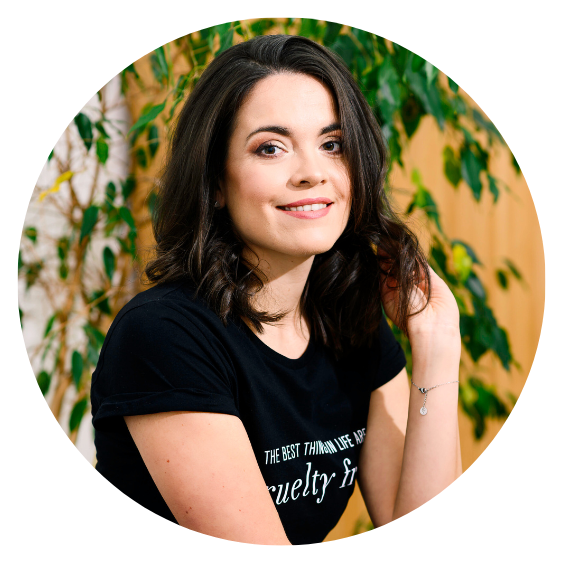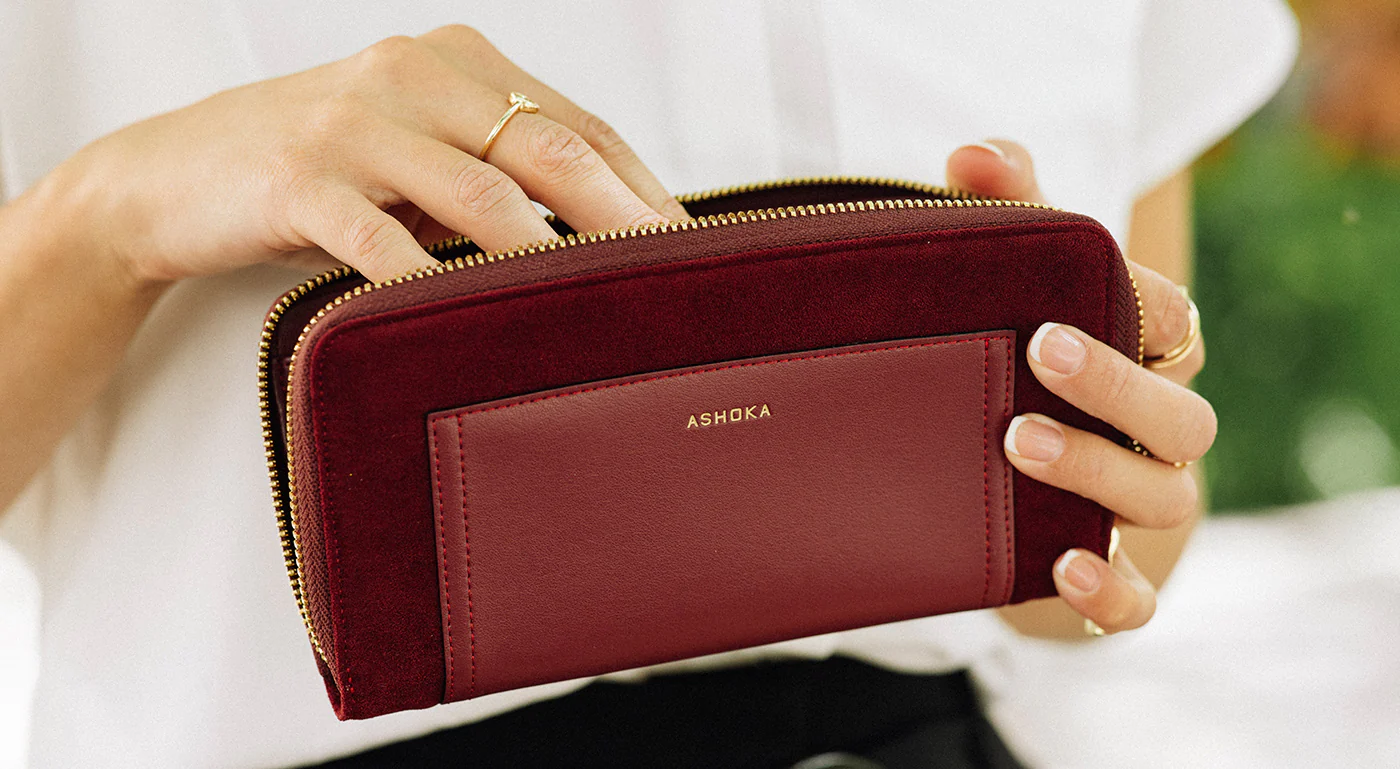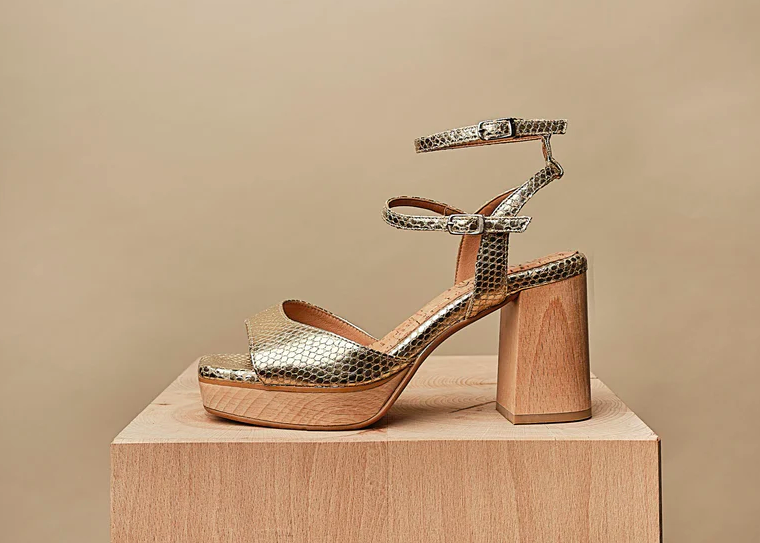What You Need to Know About the Down Industry
Puffer coats are one of those cold-weather items that never seem to go out of fashion. Season after season they show up on catwalks, and remain a permanent fixture in fashion boutiques as soon as temperatures drop. Each year there seems to be a new coveted style of puffer, matching what was once the "It" bag. But while today's fashionistas wouldn't dream of wearing animal fur, many of them remain in the dark when it comes to the bloody backstory of on-trend puffers.
Down is made from the fine feathers growing next to the chests of geese and ducks. These soft feathers are free from quills, making them sought after by companies who make clothing, but also those producing bedding and sleeping bags. The down industry is predicted to be worth $16 million by 2033, almost doubling from 2023.
Geese are loyal animals, mating for life - they will stay by their mate's side even if their flock flies to a different destination. But in the factory farming systems, geese don't get to bond with their families. They most commonly live in cramped, dark, dirty sheds (when naturally, geese are clean animals) and are often subjected to being plucked alive.
Undercover investigations have shown that live-plucking is still rife and common in the down industry - despite assurances that it should not be happening. Live-plucking entails workers pinning birds down and ripping the feathers out of their bodies while they are completely conscious. This procedure is then repeated regularly, with some birds being plucked alive up to 16 times in their lives.
“Every down item represents the pain and suffering of terrified birds. Deceptive labels and certifications do nothing except keep consumers in the dark while animals continue to suffer.”
As if this torture weren't enough, birds used for down are often also used for the foie gras industry. Foie gras is a food product deriving from the fatty liver of geese and ducks. Its production is banned in 16 countries due to its inhumane production methods. Making foie gras involves force-feeding ducks and geese with a tube shoved down their throats until their livers swell to up to 10 times their natural size. This torturous process causes immense stress and pain to the birds, not to mention causing their organs to malfunction. There are widespread campaigns to ban foie gras production in the countries where it remains legal - and to ban its sales and import in places where production is prohibited.
There is a standard in place in the industry to ensure, among other things, that live-plucking or force-feeding doesn't happen. Textile Exchange's Responsible Down Standard aims to ensure that birds have been treated with respect - including prohibiting live-plucking and force-feeding. Unfortunately, investigations continue proving that standards and certifications are very difficult to enforce, and violations happen regularly. In fact, entities of animal rights organisation PETA have found repeatedly that live-plucked down does in fact make it into RDS-certified products. “Every down item represents the pain and suffering of terrified birds,"said PETA's Vice President for the UK, Europe and Australia Mimi Bekhechi. "Deceptive labels and certifications do nothing except keep consumers in the dark while animals continue to suffer.”
Innovative Solutions for Change
Luckily, brands and retailers are responding to the growing demand for down-free fillers. Outerwear brands are coming up with innovative solutions that spare birds from suffering while offering high-performance garments that are resistant, lightweight, and every bit as functional as down-filled designs.
Italian label Save the Duck has a business ethos that revolves around down-free outerwear. Their puffers are filled with Plumtech, a filler that the brand has developed in-house. There is a recycled version of Plumtech, making it kinder to the environment as well as animals.
Italian companies continue to set standards high as sports-inspired outdoor label Napapijri also champions down-free outerwear - the company removed all down and fur from their ranges in 2017. Their ThermoFibre insulation is down-free and made from recycled fibres.
In colder territories, Swedish company Didrikssons uses no animal-derived materials, meaning that their winter-weather parkas and warming tech garments are free from the suffering of birds. The brand is big on recycling - they use recycled materials in their ranges and aim to recycle their garments once they can no longer be worn.
But puffers aren't just for outerwear - what about those of us who just love to wear them for the look? Hungarian brand Nanushka is a fashionista favourite, and their coveted puffers are made with vegan down and leather. This on-trend label isn't fully vegan, but their animal-free ranges are proof that vegan fashion can look desirable and stylish.
And what about material innovation? Progress is indeed happening in the area of down replacements. The most prominent is FLWDRWN, the material developed by PANGAIA, made from wildflowers and a biopolymer derived from corn. This fully biodegradable material has been used by H&M in their Conscious Exclusive collection, among others.
New-gen materials and high-tech innovation is making feathers obsolete, meaning that the era of abusing birds for jackets is coming to an end. This winter, if you wouldn't drape yourself in a fur coat, then leave down jackets on the shelf - the suffering inherent in them is exactly the same.
Written by Sascha Camilli
Sascha Camill is a writer, speaker and vegan fashion expert. She founded the world's first digital vegan fashion magazine Vilda, and is the author of Vegan Style: Your Plant-Based Guide to Beauty, Fashion, Home & Travel. Her podcast, Catwalk Rebel, is out now.
Want to write for Species Unite? We are looking for well-written stories focusing on content that informs, inspires, and engages our audience with topics surrounding animal rights.
We Have A Favor To Ask…
Species Unite amplifies well-researched solutions to some of the most abusive animal industries operating today.
At this crucial moment, with worldwide momentum for change building, it’s vital we share these animal-free solutions with the world - and we need your help.
We’re a nonprofit, and so to keep sharing these solutions, we’re relying on you - with your support, we can continue our essential work in growing a powerful community of animal advocates this year.









The all-electric BMW 5 Series Touring uses innovative, animal-free materials that are as robust as leather and more sustainable.